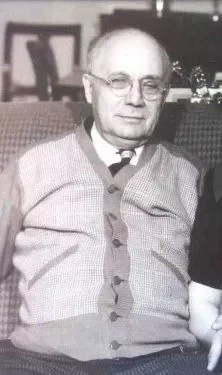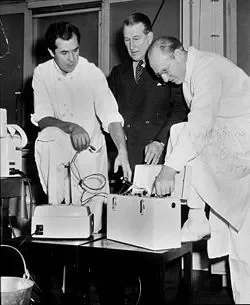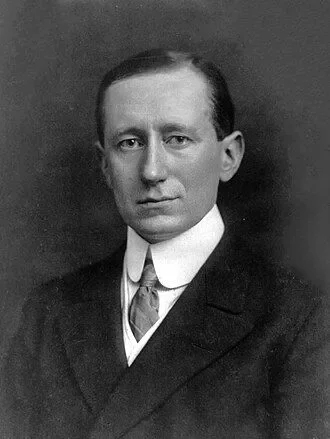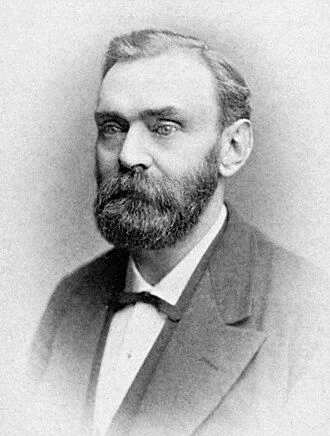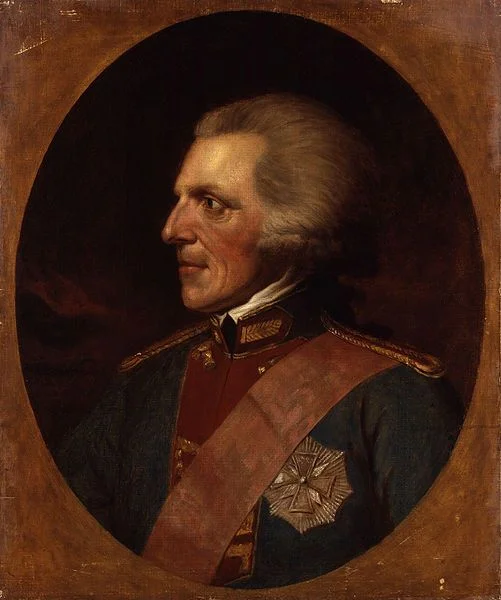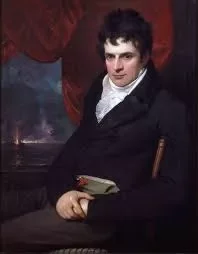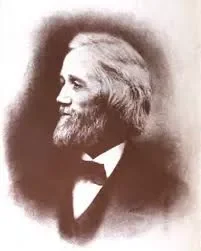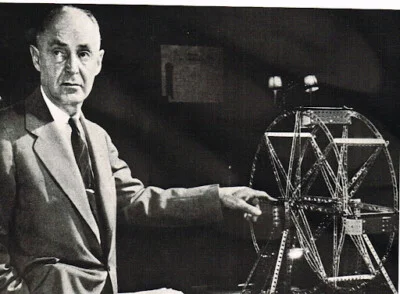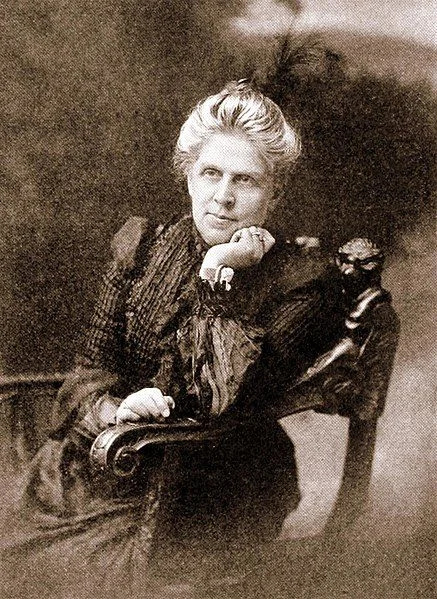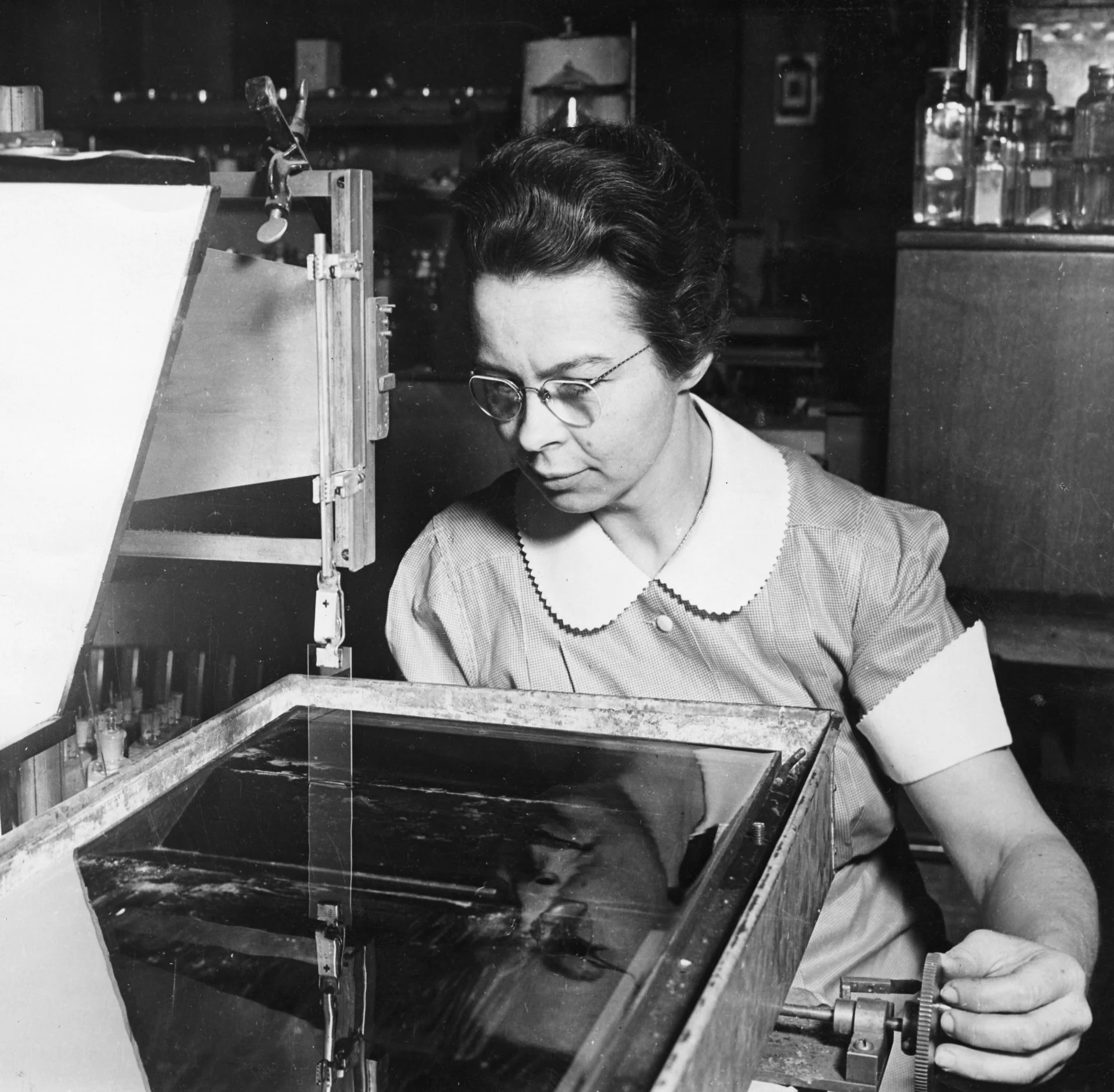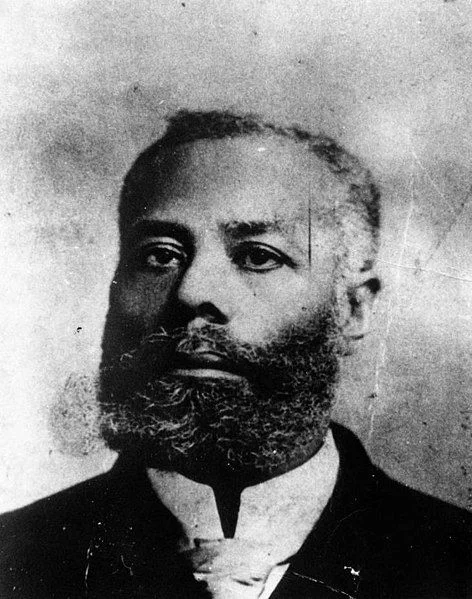Real Celebrities Never Die!
OR
Search For Past Celebrities Whose Birthday You Share
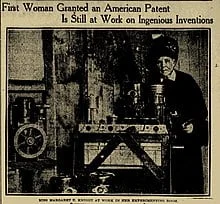
source:wikipedia.org
Margaret E. Knight
Birthday:
14 Feb, 1838
Date of Death:
12 Oct, 1914
Cause of death:
Unknown
Nationality:
American
Famous As:
Inventor
Age at the time of death:
76
Early Life and Background
Margaret Eloise Knight was born on February 14, 1838, in York, Maine. She was a pioneering figure in 19th-century invention and industry. Margaret E. Knight’s determination and innovation made a lasting impact on American technological progress.
Interest in Mechanics
Despite societal norms limiting opportunities for women, Margaret showed an early interest and talent in mechanics. When she was just 12 years old, her world was shattered by the loss of her father. This event only fueled Margaret’s determination to understand and contribute to machinery.
Experience at the Cotton Mill
During her teenage years, Margaret worked at a cotton mill in Manchester, New Hampshire. This experience sparked her fascination with machinery and shaped her future. She used her evenings to sketch unconventional designs and develop ideas, defying societal expectations for women.
Breakthrough Invention
In 1868, Margaret experienced a breakthrough while working at a paper bag factory. She noticed how the current bag designs were prone to collapsing due to their inefficiencies. Knight’s innovation resulted in a machine that automatically folded and glued paper to make flat-bottomed bags. In 1871, she patented her invention, revolutionizing packaging and greatly impacting retail.
Legal Battle and Recognition
However, there was resistance to Margaret Knight’s invention. Charles Annan, a fellow factory worker, tried to patent a similar device, arguing that a woman couldn’t have come up with such a complicated machine. Margaret emerged victorious in a groundbreaking legal battle, solidifying her status as a pioneering female inventor.
Continued Innovation
Margaret E. Knight carried on her journey of innovation after her success in the legal arena. Throughout her life, she obtained patents for various inventions, including shoe sole cutting machinery and a rotary engine. Her reputation as a leading mind in industrial design and engineering was solidified by her prolific contributions to the realm of invention.
Achievements and Recognition
Margaret’s outstanding accomplishments were recognized when, in 1874, she became the first woman to join the Boston Mechanics Association, showcasing her exceptional achievements in a male-dominated field. Her inventions inspired women in science and engineering.
Personal Life and Commitment
Margaret Knight’s personal life is relatively unknown. However, she remained focused on her passion for invention, often laboring late into the night to refine her designs. Her commitment to her craft and ability to overcome challenges as a female inventor in the 19th century highlight her resilience and determination.
Margaret E. Knight's Quote's
Legacy and Impact
Even in her later years, Margaret E. Knight remained an innovative force, earning a remarkable 87 patents. Her passing occurred on October 12, 1914, in Framingham, Massachusetts, leaving behind a legacy that surpasses gender boundaries and serves as proof of the strength of ingenuity.
Inspiration for Future Generations
Margaret E. Knight overcame adversity, challenged societal norms, and made a lasting impact on the world of invention and industry. She inspires aspiring inventors, specifically women, to pursue their dreams and push boundaries. Margaret Knight’s contributions have a lasting impact on our lives and how we interact with objects.
Name:
Margaret E. Knight
Popular Name:
Margaret E. Knight
Gender:
Female
Cause of Death:
Unknown
Spouse:
Place of Birth:
York, Maine, U.S.A
Place of Death:
Framingham, Massachusetts, U.S.A
Occupation / Profession:
Personality Type
Logician: Innovative inventors with an unquenchable thirst for knowledge. She was very innovative in her thinking.
The idea for Margaret’s famous flat-bottomed paper bag machine came to her after witnessing the inefficiency of the prevalent bag designs while working at a paper bag factory. Her invention aimed to address the challenges of stability and durability.
In 1874, Margaret Knight became the first woman to be granted membership to the Boston Mechanics Association, recognizing her significant contributions to the field of mechanics and engineering.
Margaret was known for her dedication to her work, often laboring late into the night to refine her designs and inventions. Her commitment to her craft is a testament to her passion for innovation.
Margaret E. Knight showed an early interest in mechanics and machinery, often spending her evenings sketching designs during her teenage years while working at a cotton mill.
Invention of the Flat-Bottomed Paper Bag
Among her other notable inventions was machinery designed for cutting shoe soles.
She invented the flat-bottomed paper bag machine
She secured a total of 87 patents
Membership in the Boston Mechanics Association (1874)
